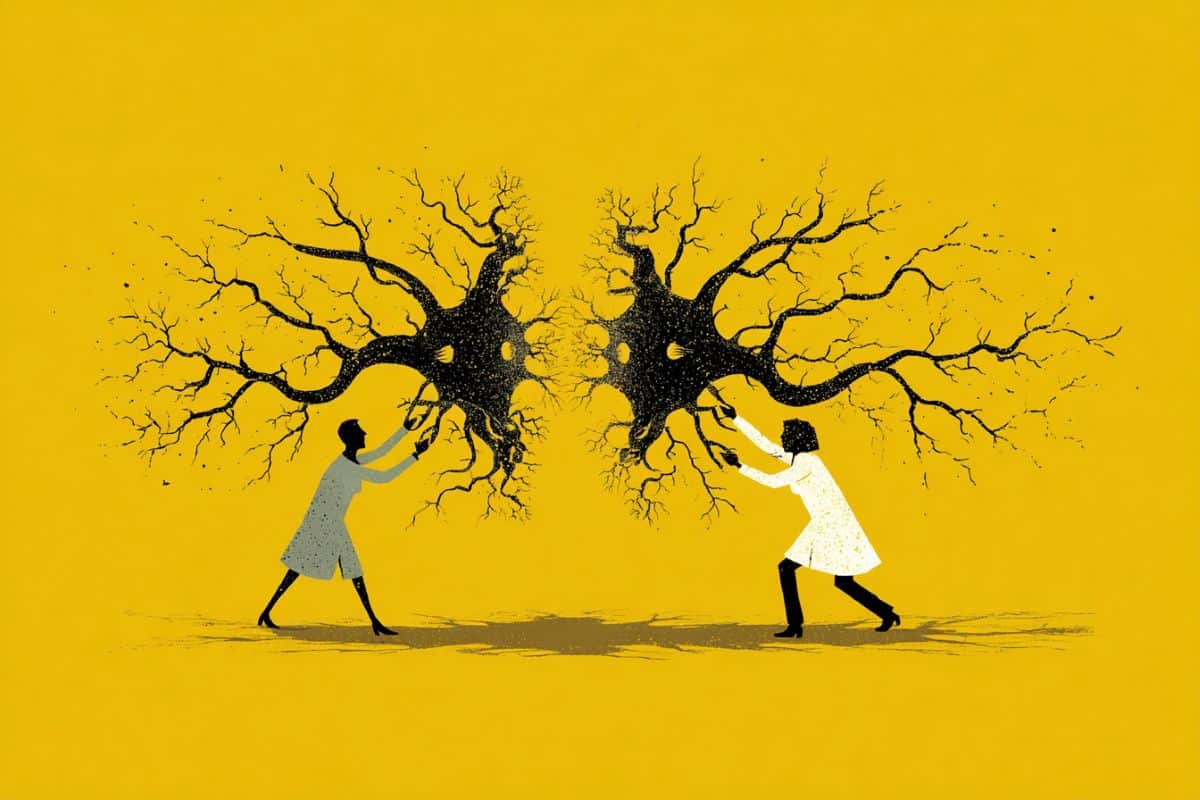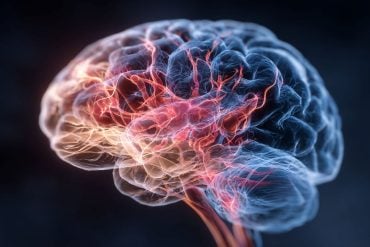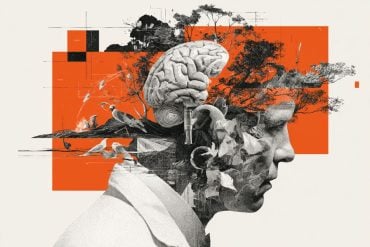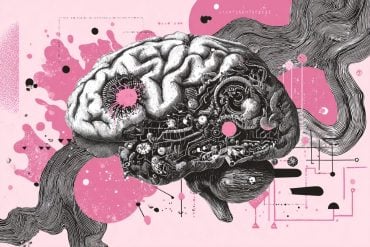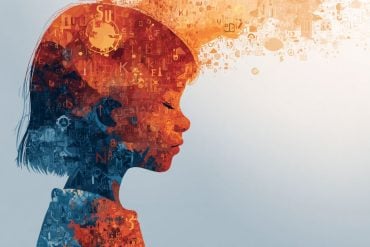Summary: Researchers have pinpointed specific brain cells that control how animals react to social defeat, offering new insight into the biology of dominance and submission. In male mice, neurons in the dorsomedial striatum—known as cholinergic interneurons—were found to regulate the “loser effect,” where past defeats lower an individual’s future social rank.
When these neurons were removed, mice stopped exhibiting submissive behaviors after losing, even though their “winner effect” remained intact. The findings reveal that distinct brain circuits drive winning and losing behaviors and could help explain flexible social dynamics in humans.
Key Facts:
- Neural Basis of Losing: Removing cholinergic interneurons blocked the “loser effect” in mice.
- Distinct Circuits: Separate brain pathways govern dominance gained from winning versus defeat.
- Human Parallels: Similar brain structures suggest these findings could illuminate human social behavior.
Source: OIST
Social hierarchies are everywhere—think of high school dramas, where the athletes are portrayed as most popular, or large companies, where the CEO makes the important decisions.
Such hierarchies aren’t just limited to humans, but span the animal kingdom, with dominant individuals getting faster food access, higher mating priority, and bigger or better territories.
Whilst it’s long been thought that winning or losing can influence the position of an individual within a social hierarchy, the brain mechanisms behind these social dynamics have remained a mystery.
In iScience, researchers from the Okinawa Institute of Science and Technology (OIST) investigate the neurological basis of social hierarchy in male mice, pinpointing the neurons they believe crucial in determining these social hierarchy dynamics.
“You may think that being dominant in the animal kingdom is all about physical attributes, like size. But interestingly, we’ve found that it seems to be a choice, based on previous experience,” said Professor Jeffery Wickens, head of the Neurobiology Research Unit at OIST and co-author on this study.
“The brain circuitry involved in these decisions is well conserved between mice and humans, so there are likely useful parallels to be drawn.”
Determining social hierarchy in mice
The researchers used dominance tube tests to determine the social structures within groups of mice. In these tests, mice are put in opposite ends of a tube and stand off against each other, with the more dominant mouse gaining right of way.
Through repeated testing across multiple days, they identified which mice were dominant and which were at the bottom of their social order in their cage, based on consistent winning or losing in the dominance tests.
They then paired up the mice, with dominant mice in different cages competing against each other, as well as subordinate mice competing against each other. Depending on the results of these competitions, the mice’s social standing in their home cages changed.
“This is due to the winner- and loser effects”, explained Dr. Mao-Ting Hsu, lead author on this paper.
“Those with experience of winning become more dominant in future competitions, and those who lose become less dominant. In this study, we found that the ‘loser effect’ can be attributed to the activity of certain brain cells, called cholinergic interneurons.”
The neuroscience of losing
The basal ganglia is an area within the brain most well-known in the context of Parkinson’s Disease mechanisms and treatment. But it’s also involved in regulating behavioral flexibility. This means it influences how we adapt to specific scenarios, and the decisions we make in different conditions.
The basal ganglia are split into several components and inside one of these—the dorsomedial striatum—we find a group of brain cells called the cholinergic interneurons, which have been linked previously to this flexible decision making.
To understand how these brain cells are involved in social hierarchies, the researchers selectively removed these neurons from the mice and repeated the dominance tests.
Surprisingly, the researchers found differences between brain circuits for winning and losing. Removing the cholinergic interneurons disrupted the ‘loser effect’—mice did not reduce in dominance based on past experiences of losing. But no change was seen in the winner effect, suggesting that different brain circuitry is involved in these social behaviors.
These results also provide hints that the winner effect is likely to be a reward-based learning process, whilst the loser effect is likely to be a decision-making process when animals face different contexts or environments.
Human social dynamics
Whilst this study was limited to male mice, the findings could shed some light on human social behaviors.
“Human social dynamics are obviously far more complex. The boss in one household might be at the bottom of the social ranking at work, and dominance behavior will change depending on the situation,” noted Dr. Hsu.
“There is little evidence of the brain circuitry involved in these kinds of flexible social behaviors in humans. However, the similarities in brain structure between mice and humans mean these types of studies might help us unlock future insights into human social dynamics.”
Key Questions Answered:
A: It identified specific neurons in the dorsomedial striatum that regulate how losing affects social standing, revealing the neural basis of the “loser effect.”
A: The “winner effect” appears tied to reward-based learning, while the “loser effect” involves flexible decision-making and context processing.
A: Because mice and humans share similar brain structures, these results could help explain how experience shapes confidence, dominance, and social adaptability.
About this social neuroscience research news
Author: Tomomi Okubo
Source: OIST
Contact: Tomomi Okubo – OIST
Image: The image is credited to Neuroscience News
Original Research: Open access.
“Cholinergic interneurons of the dorsomedial striatum mediate winner-loser effects on social hierarchy dynamics in male mice” by Jeff Wickens et al. iScience
Abstract
Cholinergic interneurons of the dorsomedial striatum mediate winner-loser effects on social hierarchy dynamics in male mice
Establishing a new social hierarchy involves flexible behavior in deciding whether to be a winner or loser during competitions.
The neural circuits underlying such flexible behavior have yet to be fully understood, but previous research indicates that cholinergic interneurons in the dorsomedial striatum play a role in behavioral flexibility.
We found, by a series of dominance tube tests, that losing—when dominant mice were defeated by equally ranked mice from another cage—led to decreased social rank in their home cage. Conversely, winning—by initially subordinate mice—led to increased ranking in the home cage social hierarchy.
The loser effect on subsequent behavior in dominant mice was reduced after selective lesions of the cholinergic interneurons of the dorsomedial striatum.
We suggest that losing produces these effects by altering the activity of cholinergic interneurons, and thus modulating synaptic plasticity in neural circuits involved in flexible decision making and positive reinforcement.


